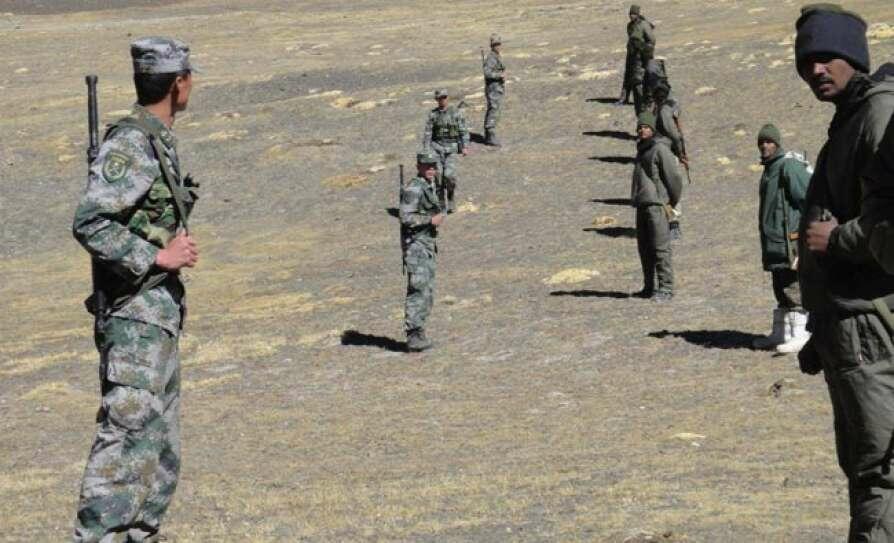
Xi, Modi agree to 'de-escalate' tensions on disputed Himalayan border
By Rhod Mackenzie
The Chinese President Xi Jinping and the Indian Prime Minister Narendra Modi agreed on 24 August to seek a resolution to years of tensions along the Himalayan border area between the two nuclear-armed countries.
The Indian Foreign Secretary Vinay Kwatra stated that Modi had spoken to Xi on the sidelines at the BRICS summit in Johannesburg, South Africa. Modi highlighted India’s concerns about the unresolved issues along the “Line of Actual Control” (LAC), which serves as the effective India-China border.
“The prime minister underlined that the maintenance of peace and tranquillity in the border areas and observing and respecting the LAC are essential for the normalization of the India-China relationship,” Kwatra said.
He added the two leaders had “agreed to direct the relevant officials to intensify efforts at expeditious disengagement and de-escalation”.
Xi added that improved China-India relations are “conducive to peace, stability, and development of the world and the region”.
A joint statement released after the Modi-Xi meeting described the discussion as “positive, constructive and in-depth.”
The statement added that India and China had “agreed to maintain the momentum of dialogue and negotiations through military and diplomatic channels.”
Tensions have remained high since a 2020 battle in the Galwan Valley along the LAC killed at least 20 Indian and four Chinese soldiers.
The battle, fought with sticks and clubs, not guns, was the first fatal confrontation between the two sides since 1975.
India's construction of a new road to a high-altitude air base is seen as one of the main triggers of the clash with Chinese troops.
Both militaries have since fortified positions and deployed large numbers of troops and equipment to the border region.
Another clash in January 2021 took place near India's Sikkim state, between Bhutan and Nepal, leaving soldiers on both sides injured.
The conflict is the result of an ill-defined, 3,440-kilometer-long disputed border.
Rivers, lakes, and glaciers along the frontier mean the line can shift, bringing soldiers face to face at many points, sparking a confrontation.
This article originally appeared at new.thecradle.com
